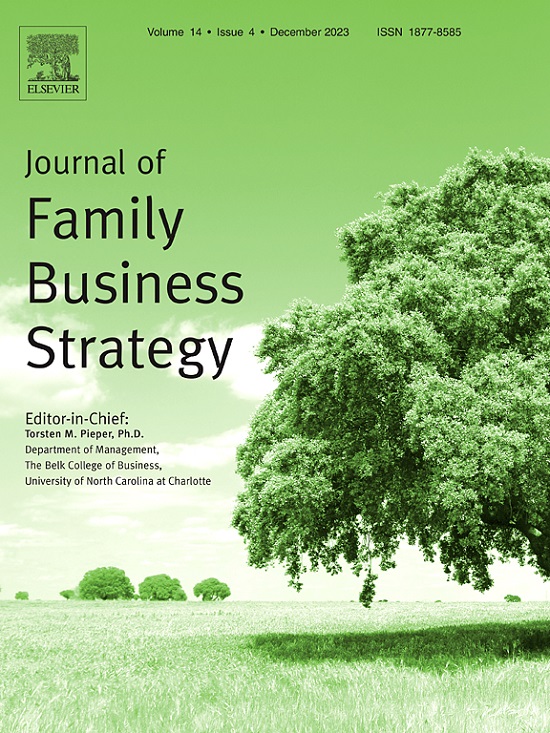Family firms and the labor productivity controversy: A distributional analysis of varying labor productivity gaps
Abstract
The question of whether family firms have a higher or lower labor productivity than nonfamily firms has led to a stream of inconsistent evidence. We address this polarized debate by arguing that the idiosyncratic workforce characteristics combined with the dual (socioemotional versus financial) wealth concerns of family firms may differ across the labor productivity distribution, which has a varying impact on the labor productivity differences of family firms versus nonfamily firms. Therefore, we use the method of unconditional quantile regression in our empirical testing on a rich data set containing firm-level data from a national survey of nearly 6,400 Chilean businesses, which allows us to account for the heterogeneous behavior of family firms throughout the entire labor productivity distribution rather than to focus on the difference in mean productivities merely. In line with our theoretical arguments, we find that family ownership generates a productivity advantage for firms located in the lower tail of the labor productivity distribution, whereas it exhibits a negative effect on labor productivity in the upper tail compared to their nonfamily counterparts. Our findings are robust to potential endogeneity of family ownership and offer a reconciling perspective on the contrasting labor-related agency and stewardship arguments dominating the labor productivity debate in family firms so far by showing which argument dominates depending on where the firm is located on the labor productivity distribution.

 求助内容:
求助内容: 应助结果提醒方式:
应助结果提醒方式:


